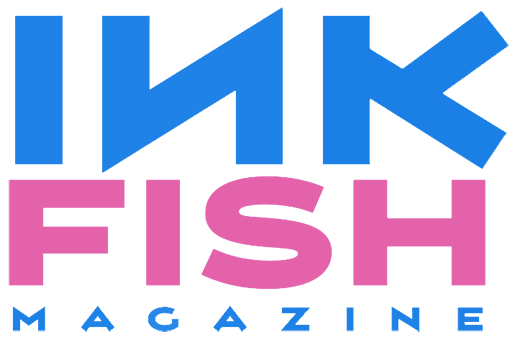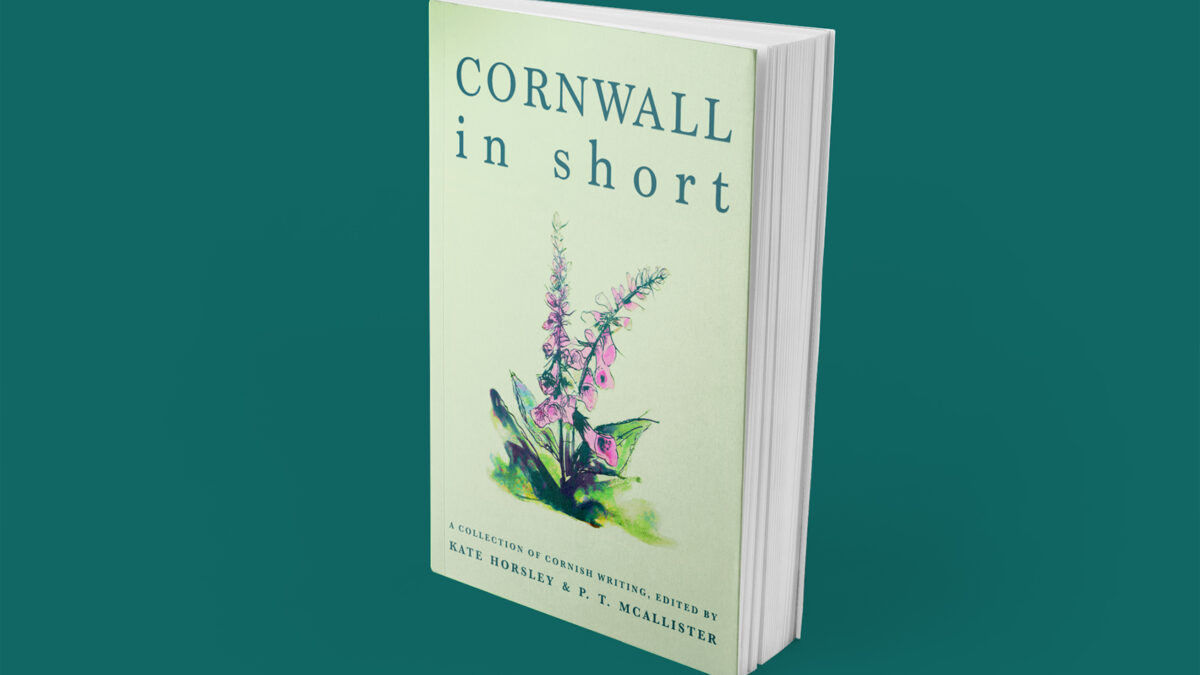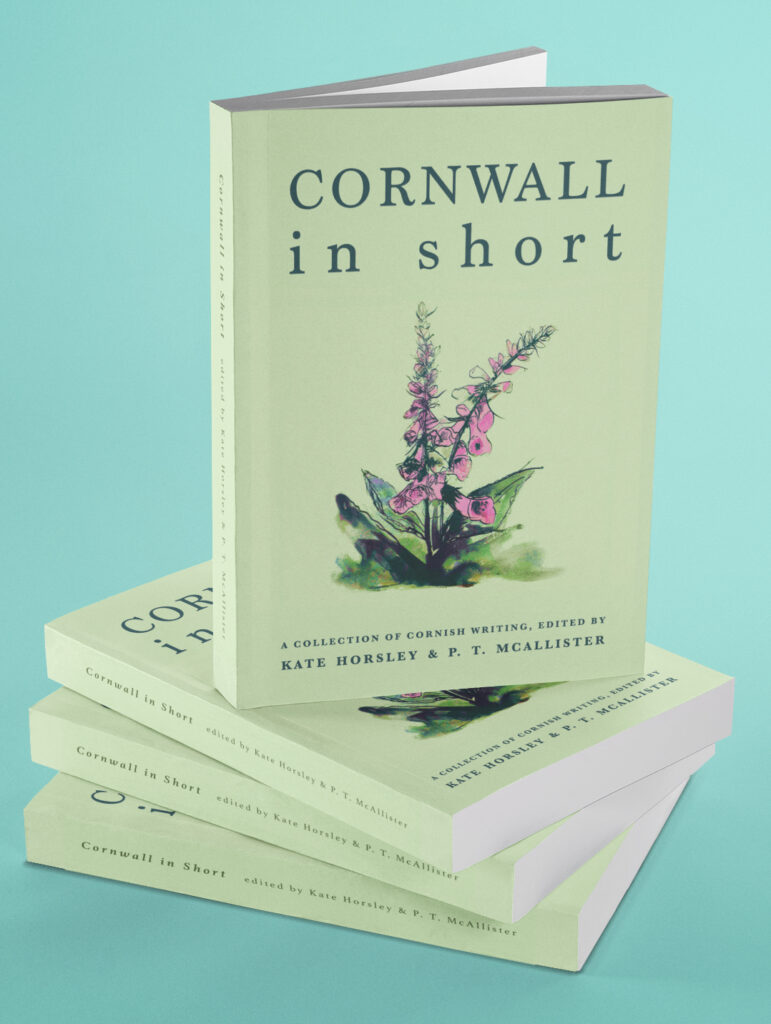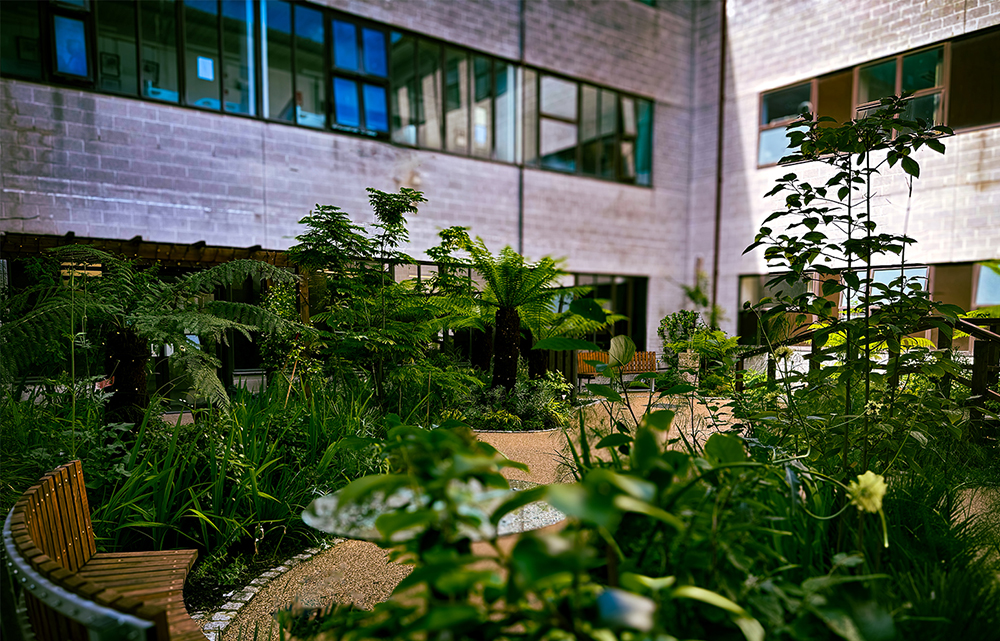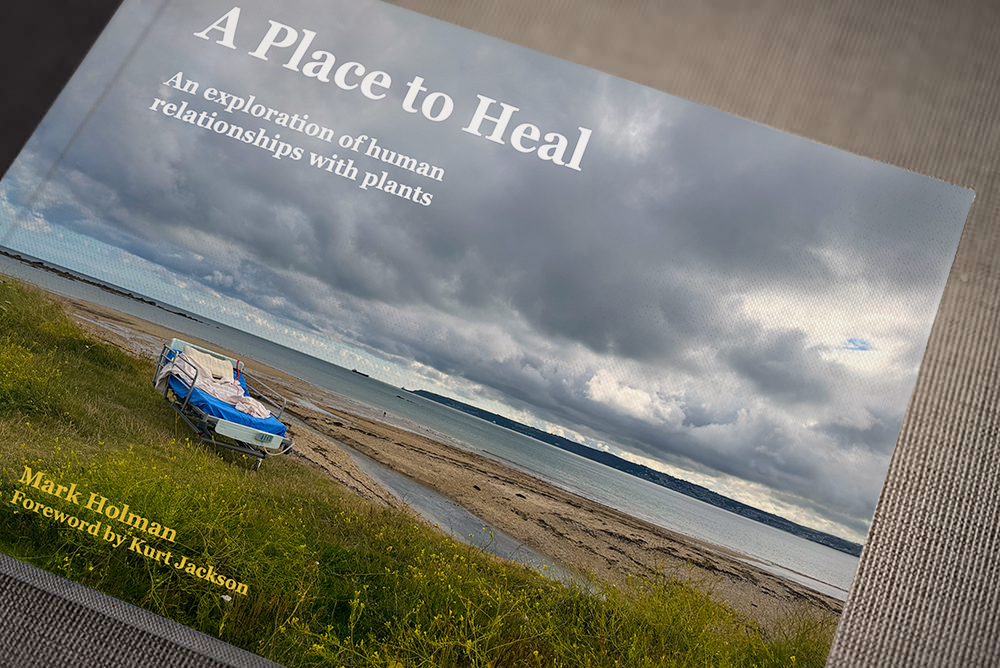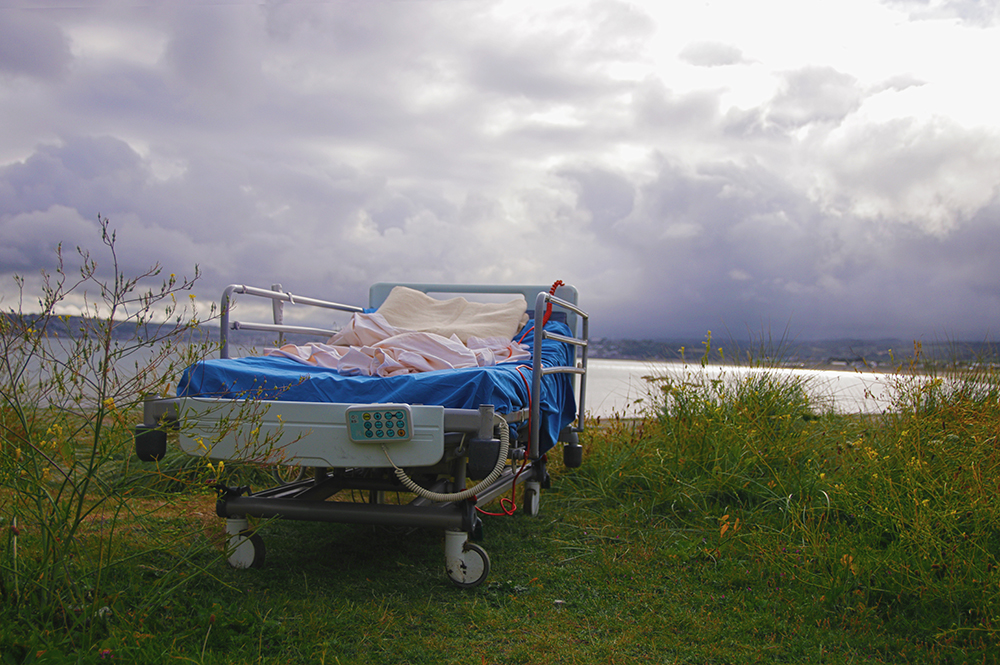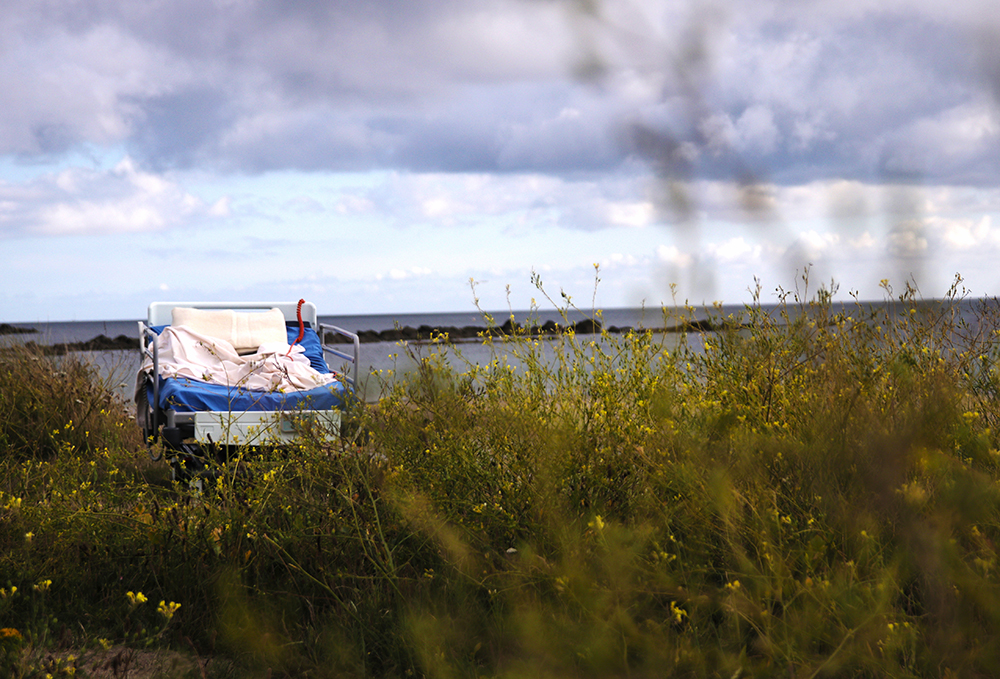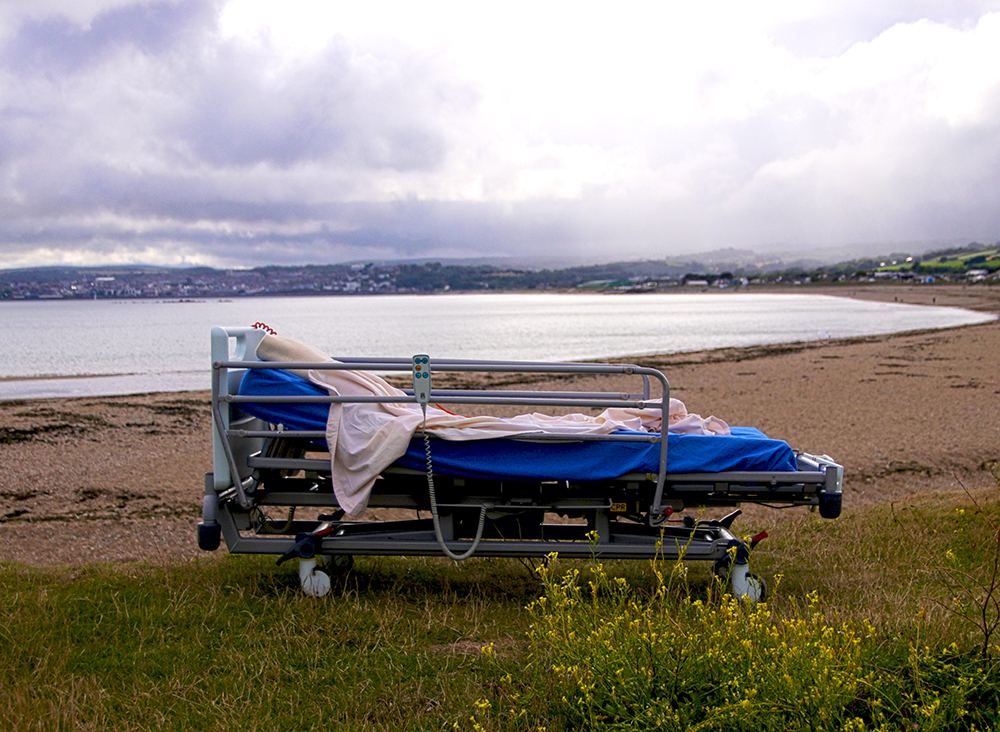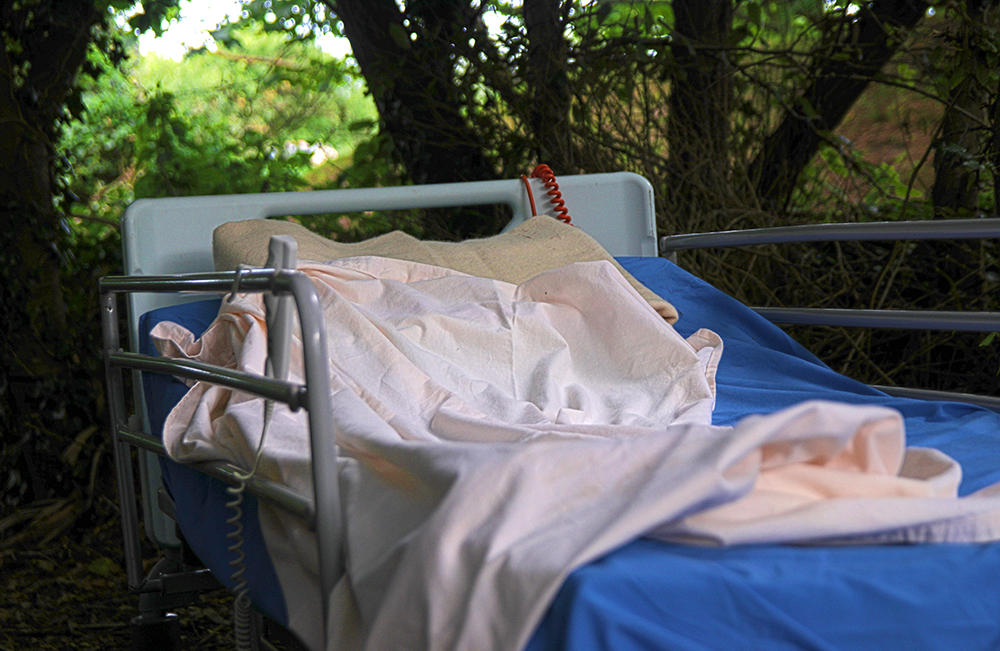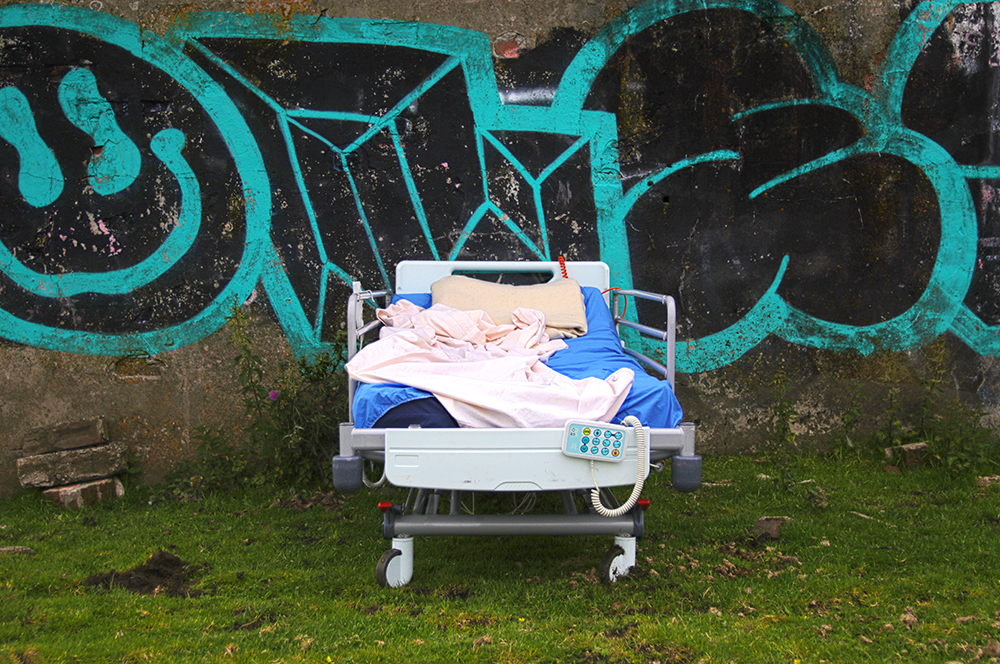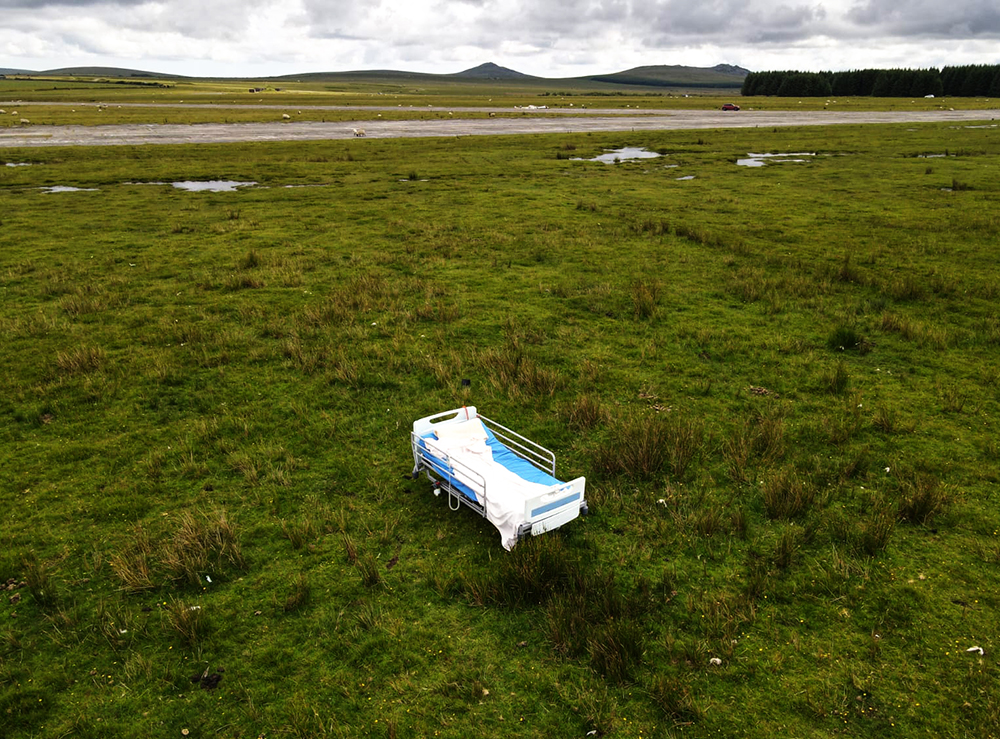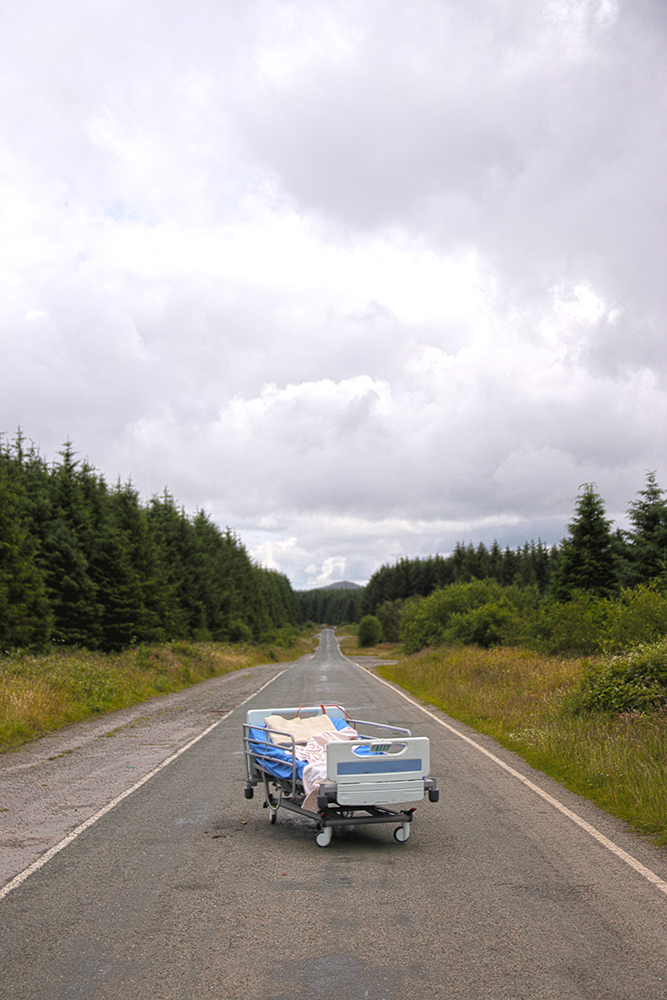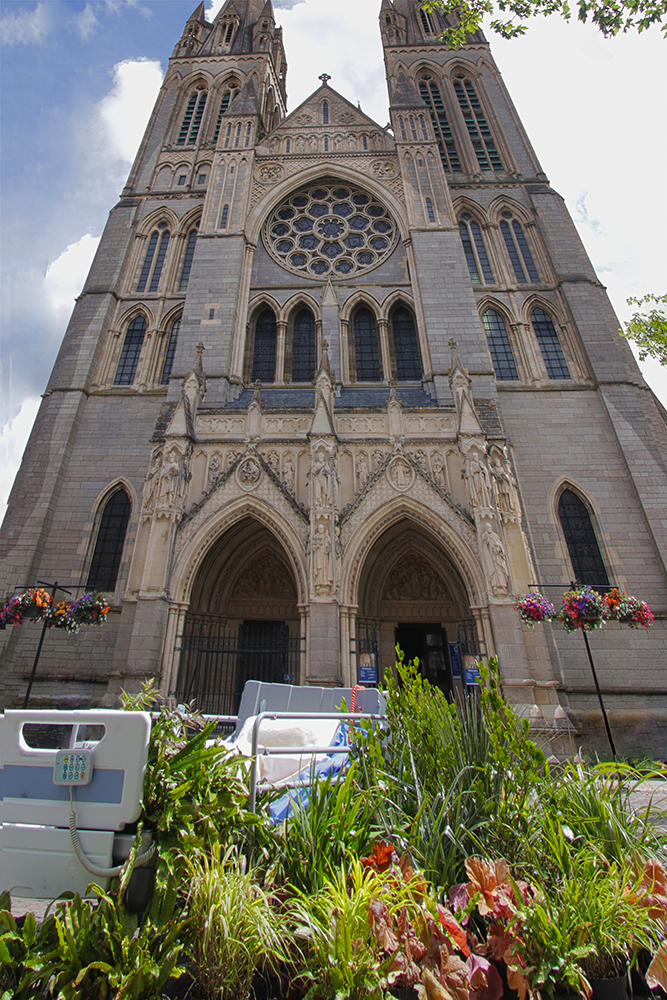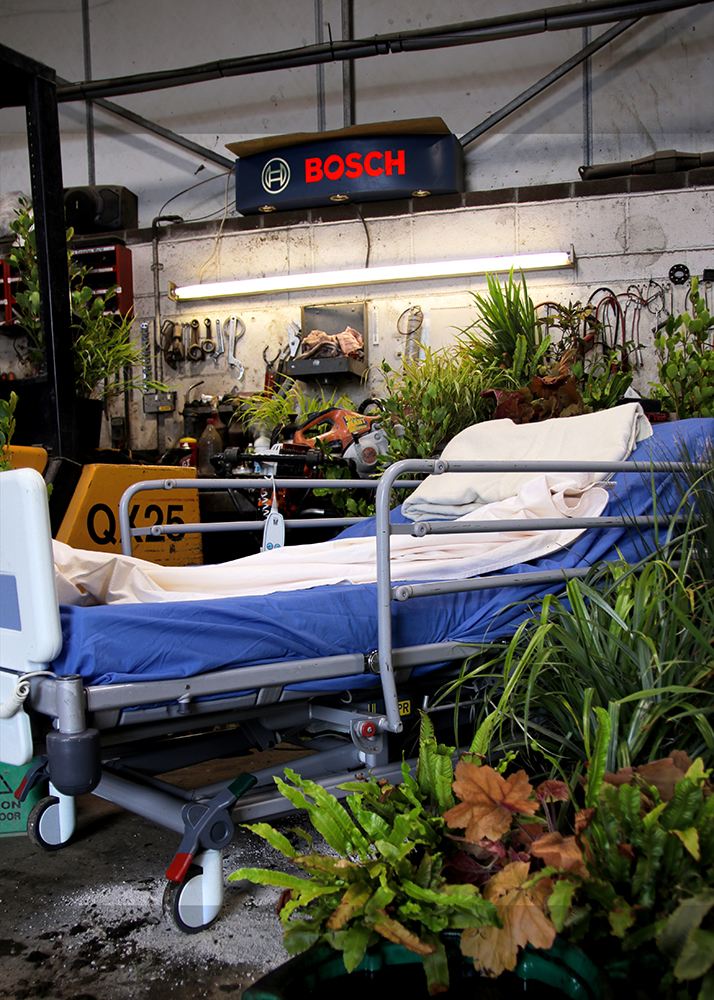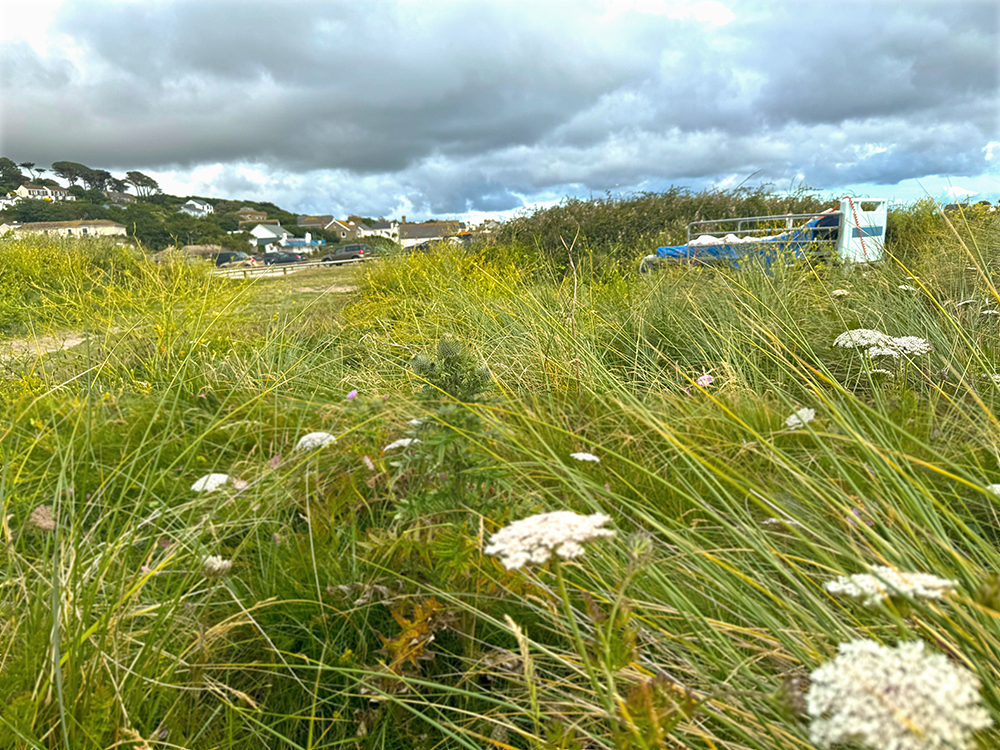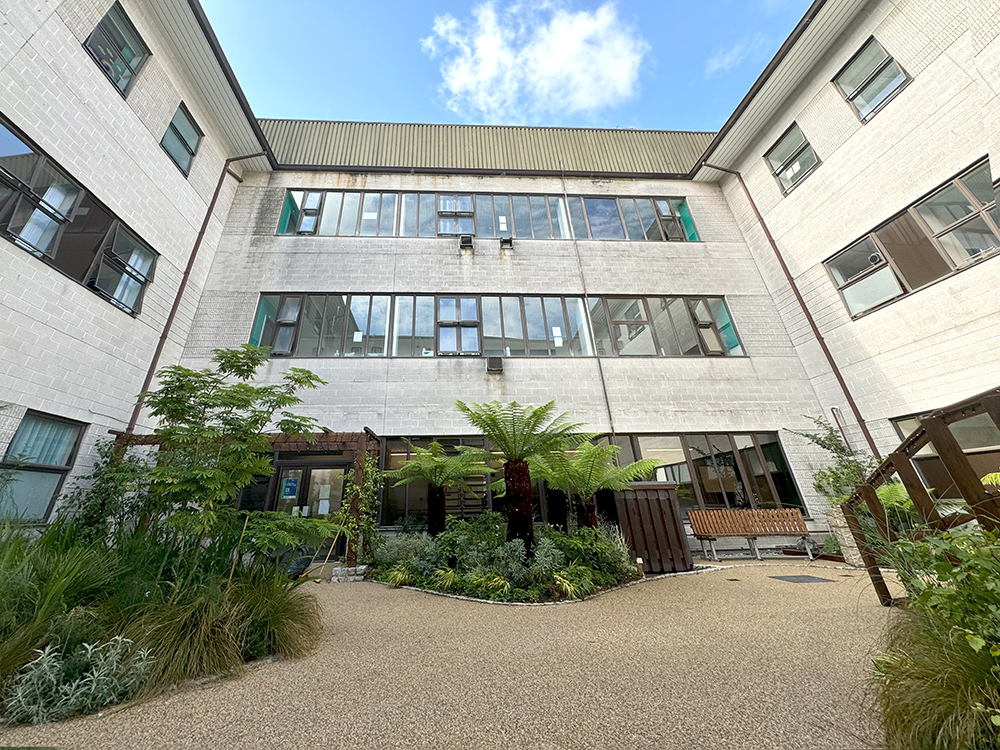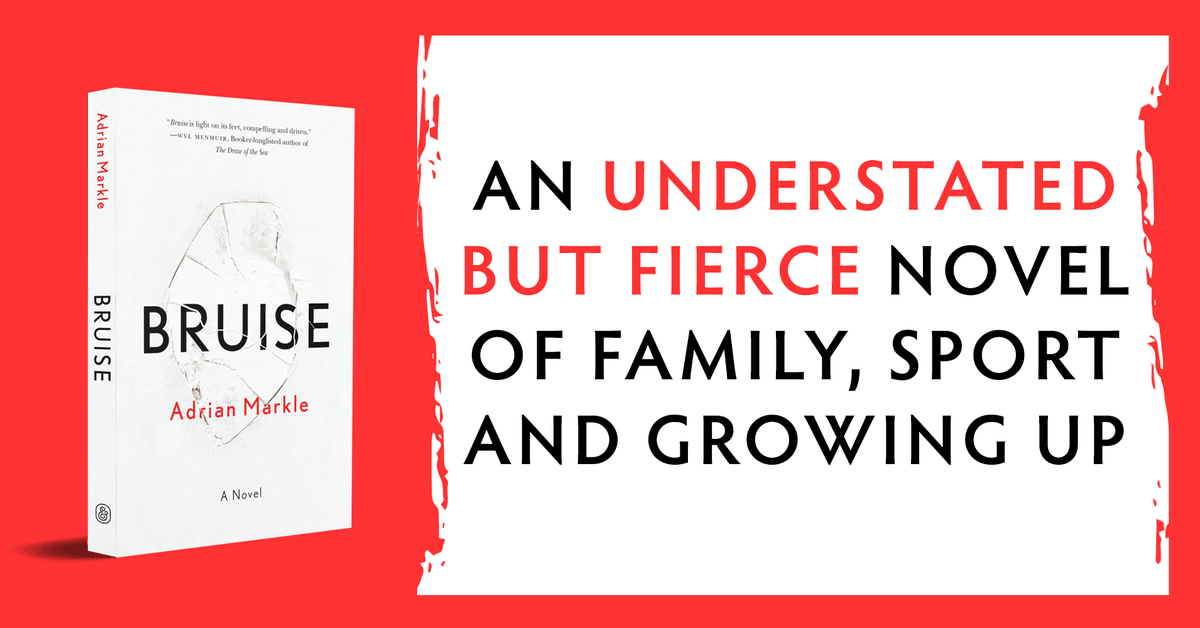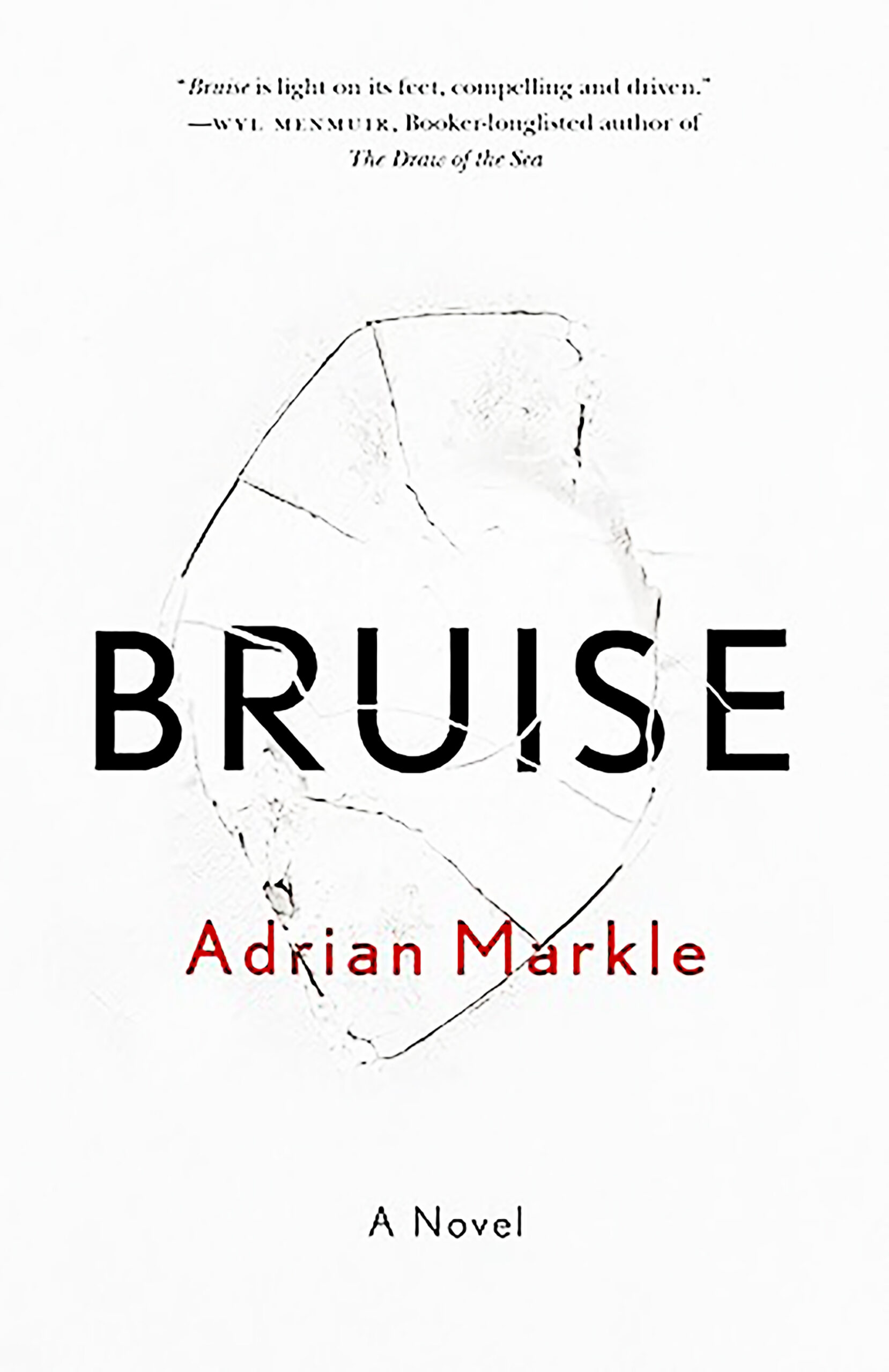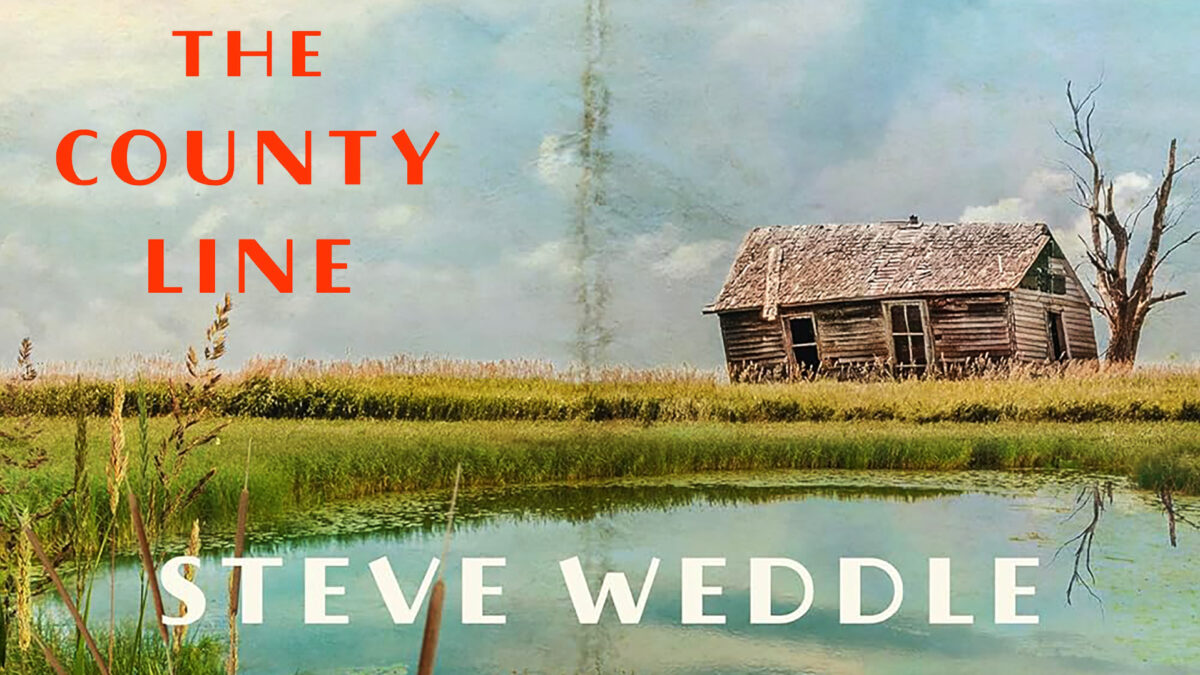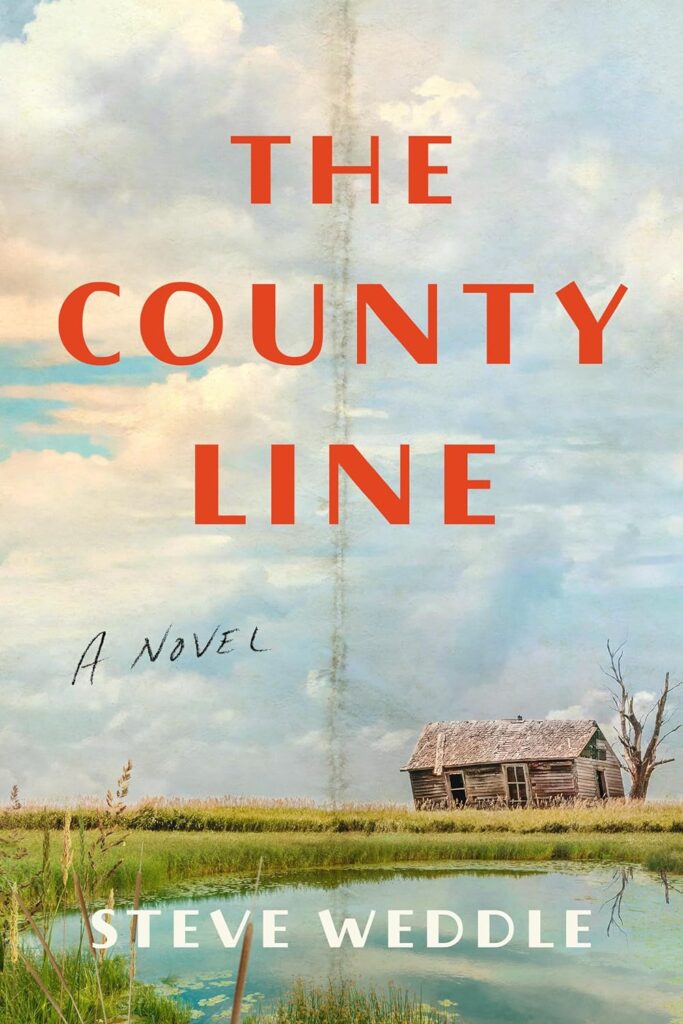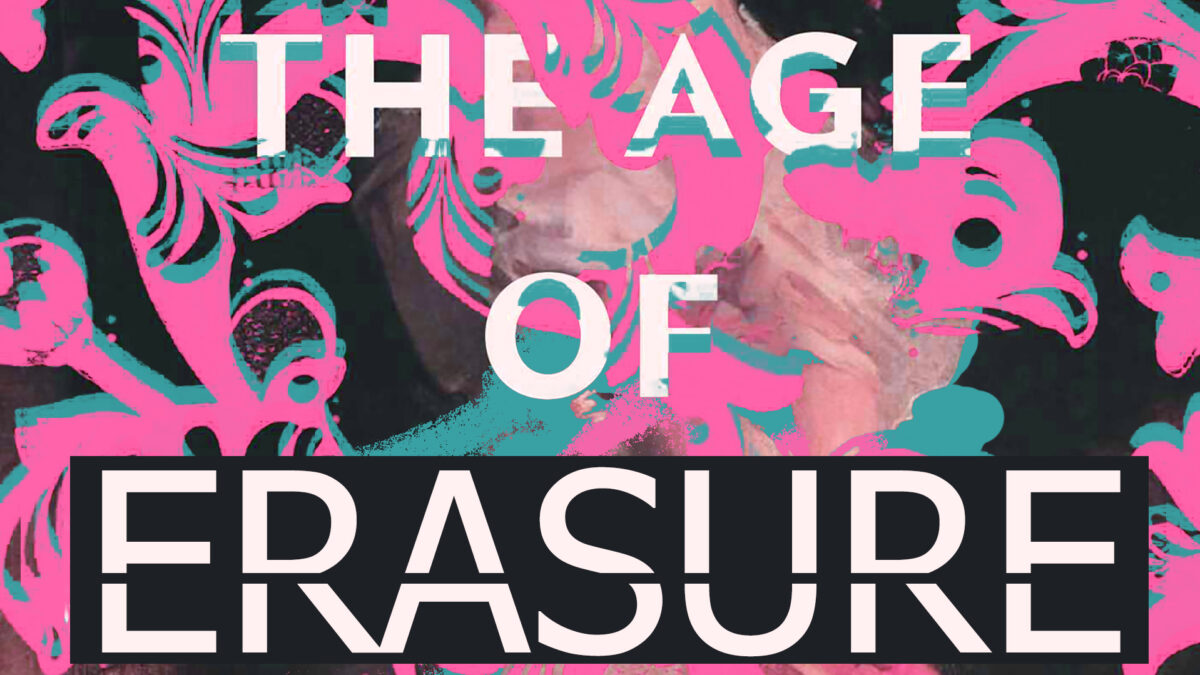We’re thrilled that Inkfish editor and founder, Peter McAllister, has just become Writer in Residence at the Morrab Library in Penzance.
From the Morrab Library’s website:
This year we’re welcoming a ‘Writer in Residence’ to The Morrab Library.
Peter McAllister is a member of the Library and we’re delighted that he will be spending the next twelve months responding to the collection, running workshops and providing members and non-members alike with writing opportunities as the year progresses.
Peter is a writer, educator and publisher of prose fiction. He studied English Literature at The University of Cambridge, was awarded a Distinction for his MA in Creative Writing and now lectures at the University of Hull. He is the editor and co-founder of Inkfish Magazine and a committee member for the Penzance Literary Festival.
Peter’s writing builds layers of narrative through linked pieces that result in profound moments of self-realisation or dramatic action. He has been shortlisted and highly commended in several International Literary Prizes for his short-form fiction and poetry. His work has been published online, in print journals and numerous anthologies.
We’re going to let Peter introduce himself in his own words and tell you a little bit more about his residency…
Why did you want to be ‘Writer in Residence’ at Morrab Library?
The Morrab is a hub of creativity and literary exploration for West Cornwall and beyond; one I’m honoured to be a part of. I’m keen to help members improve their writing and to use the beautiful surroundings we’re blessed with as inspiration for stories and poetry that will last through time. Being based in such a beautiful building for a year, capturing the spirit of the Morrab in my own writing, was also far too exciting an opportunity to pass up.
When did you first visit the Morrab and what do you remember about that first visit?
I’d just moved to Marazion and was looking for a space to write and research. Having seen photos online, I couldn’t quite believe a place could be as magical in real-life as the Morrab looked on my tiny laptop screen. Whole walls of books on oaken shelves framed tall sash windows. There were views over tropical gardens that gave way to rooftops running down to a turquoise sea; none of it seemed real. Strapping on my backpack, I set out around the bay to Penzance and threaded the streets till I reached the front door. I was blown away on that first visit and the library has inspired me ever since. A laptop screen could never do it justice: the sea was more vibrant, the gardens more lush. What struck me most was the friendliness of the staff and volunteers, the rich smell of literature stretching back centuries, the many happy faces of visitors working, reading, studying. It’s a truly magical space to place yourself within.
What do you hope to bring to the library through your work?
You’ll see me around a lot during the residency. I have plenty of ideas for specific projects, but the main thing I hope to achieve is helping members capture the spirit of the library in their writing. I’ll aim to do the same with my own work, offering a publication for the library’s archives that speaks to the residency. We’re kicking off with an exciting schedule of creative writing workshops that are already filling up. Writers can also book mentoring sessions which I run the same way I do when coaching university students through their Creative Writing degree programs. If you have any work that could benefit from a professional edit, I can also help out with that.
Click the link here to find out more about Peter’s workshops and book a place.
You can find out more about Peter’s work over on his website as well as links to book the workshops, 1-2-1 mentoring and editing services.

